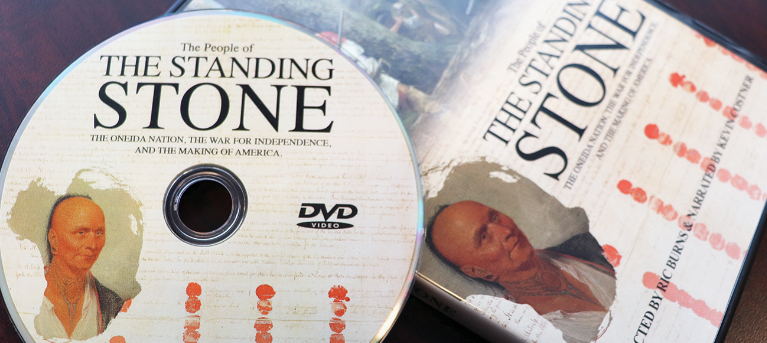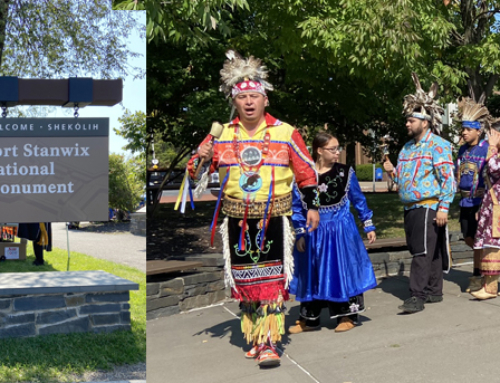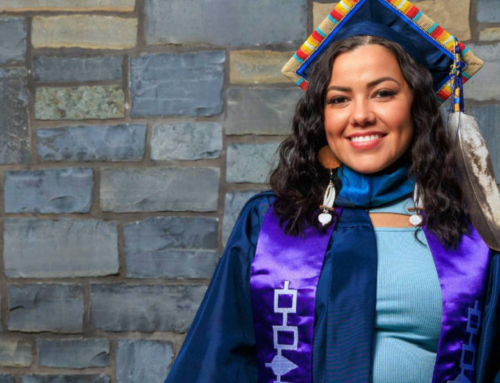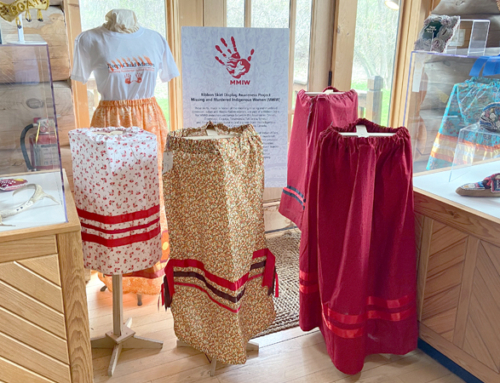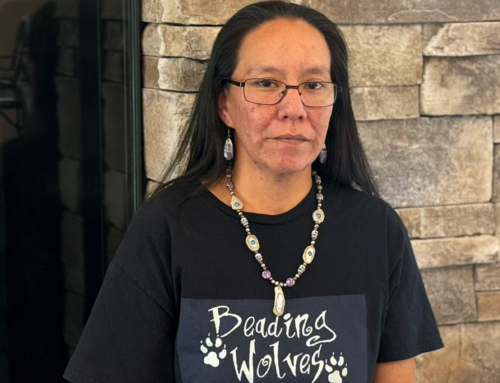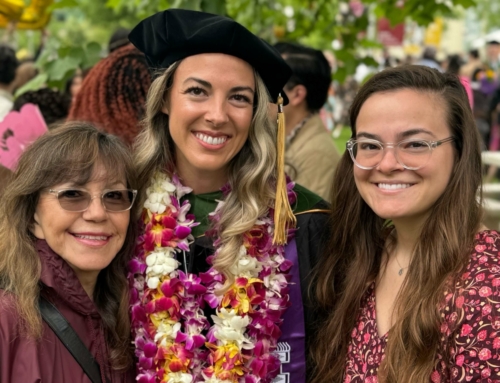The story of Polly Cooper’s heroic journey to Valley Forge with Chief Shenendoah is an understated account of the Oneidas’ impact on the American Revolution. It was Cooper who travelled hundreds of miles with several other Oneida to deliver bushels of white corn to feed Gen. George Washington’s starving troops and raise their spirits after the brutal winter of 1777-78. It’s a story long-celebrated within the Oneida community and illuminates how Indigenous people were a pivotal force in the formation of the United States of America.
The Oneida Indian Nation-commissioned film, “The People of the Standing Stone: The Oneida [Indian] Nation, the War for Independence and the Making of America,” finally gives voice to this tremendous story of courage and generosity for all future generations to see, and cements the Oneidas’ standing as America’s First Allies. Narrated by Academy Award winning actor Kevin Costner and directed by Ric Burns, the film traces the history of the Oneida Indian Nation and offers a deeper exploration of the story not often explained in history textbooks.
The film, which is screening at the Museum of the American Revolution in Philadelphia, is available to download for $2.99 on iTunes. The DVD/download is also available for $7.99 on Amazon.
As a proud founder of the Museum, the Oneida Indian Nation is helping preserve the culture of its people and accurately share the story of the historic bonds with the founding fathers. This partnership ensures that generations to come both understand and gain inspiration from the Oneidas important history establishing the foundation of America.
The film was specifically chosen to premiere at the Museum of the American Revolution on Columbus Day, a holiday that exemplifies how history is often airbrushed to remove nuance – and to omit inconvenient truths. It also explores how – despite that history and despite treaties that were signed between the Nation and the founders – the Oneida people’s land was slowly appropriated by government agencies and land-hungry European settlers.
The entire second-floor atrium at the Museum is named for the Oneida Indian Nation. The exhibit, which is complete with recreated historical settings, will be a permanent fixture – and along with the film – will serve as a tribute the rich tradition of the Oneida People and their role in forging America’s independence.


